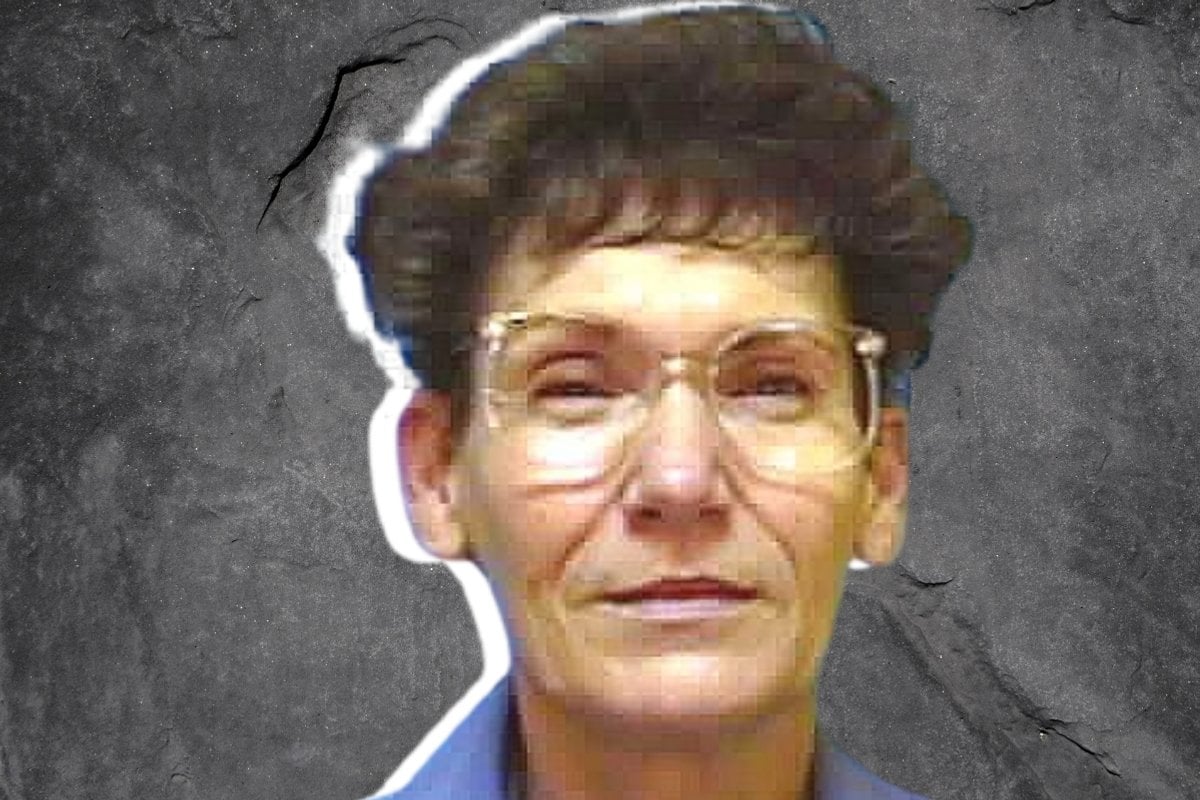
Around 10:30pm on June 25, 1983, wallpaper salesman John Gentry walked out of a restaurant in downtown Pensocola, Florida, and towards his nearby car.
He climbed in, put the key in the ignition and turned on the lights.
A flash. A roar.
The Ford exploded, leaving Gentry critically injured. He lost parts of intestines, liver, kidney and pancreas.
According to the South Florida Sun-Sentinel, as Gentry lay bleeding on the pavement, his fiancée, Judy Beunoano, who was still in the restaurant during the explosion, cradled his head and told him, "I love you."
It took three months in hospital, but Gentry recovered. That was not Buenoano's plan.
Though the man didn't know it at the time, he'd just survived a second murder plot engineered by Buenoano, a woman who went down in the annals of American crime history as "the Black Widow".
The web of lies.
Born Judias Northam, Buenoano was raised in challenging circumstances.
After the death of her mother at age four, she was shuffled between relatives and fosters homes, and later claimed in court that she was physically and sexually abused at some.
At 17, Beunoano fell pregnant and in 1961 became a single mother to son, Michael.
Months later, it seemed she'd finally found stability when she began a relationship with Air Force Sgt. James Goodyear. The pair married and had two more children, and together the family relocated to Florida. But after Goodyear returned from a tour of duty in Vietnam in 1971, the otherwise healthy man fell ill — nausea, vomiting, diarrhea.

